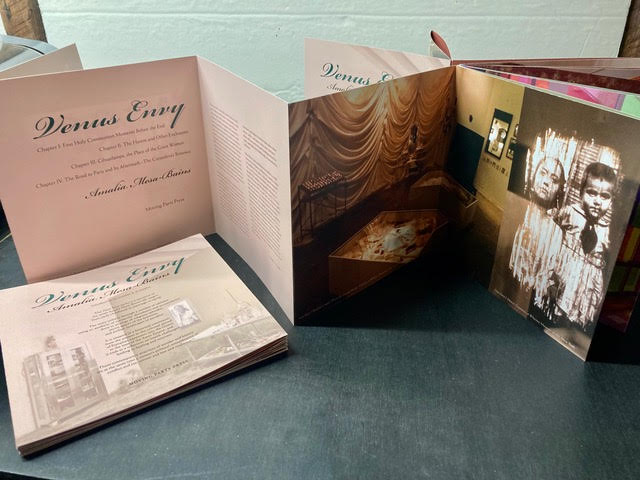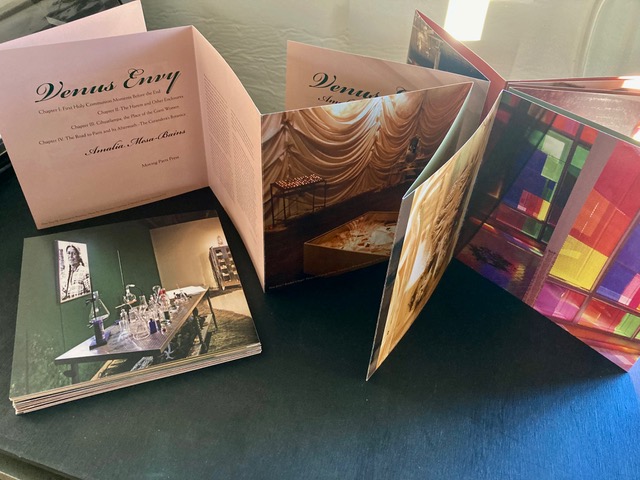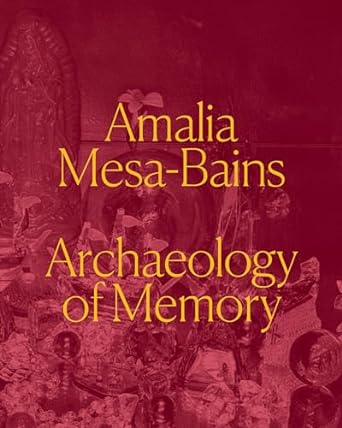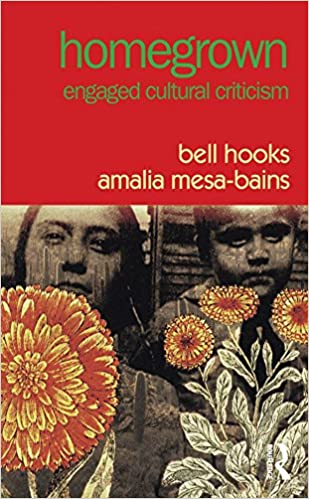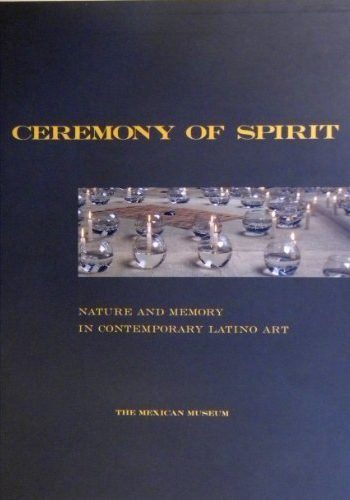Publications
“What you have now then is the marketing of racialized identities as tools for consumption. And certain racialized bodies and images are associated with hipness, coolness, edginess. So all kinds of youth all over the world are appropriating that style as a way of, sort of, countering authority, stating their rebelliousness, and wanting to be seen as significant.”
Amalia Mesa-Bains
Homegrown: Engaged Cultural Criticism
Essays Written by Amalia Mesa-Bains
My altarwork in the public setting dates back to 1976...
The essay is a brief artist statement in which Amalia Mesa-Bains recounts her beginnings as an altar-maker at the Galería de la Raza in San Francisco in the late 1970s and her subsequent transition from constructing personal altars to public [...]
ICAA RECORD ID: 1082948
Read More1983Ester Hernández
The archaeological aesthetic of Rimer Cardillo: stratum, element and process
In this essay, Amalia Mesa-Bains provides an analysis of the sculptural works by Uruguayan-born artist, Rimer Cardillo. Her analysis insists on the coexistence of multiple meanings, while also attempting to identify the personal, cultural, and [...]t of showing content in your web page with more interactive way.

Galeria de la Raza : a study in cultural transformation
Chicano bodily aesthetics

Quest for identity : profile of two Chicana muralists : based on interviews with Judith F. Baca and Patricia Rodríguez
In this document, Amalia Mesa-Bains profiles Chicana muralists, Patricia Rodríguez and Judith F. Baca, focusing on their respective artistic developments and their roles in the Chicano Movement, attempting to shed light on the links between social [...]

Chicano chronicle and cosmology : the works of Carmen Lomas Garza
This essay by Amalia Mesa-Bains was included as the introduction of the catalogue to the exhibition of Carmen Lomas Garza’s art, A Piece of My Heart/Pedacito de Mi Corazón, which traveled to various cities in the states of Texas, California, and [...]
A conversation with Amalia Mesa-Bains
Curatorial statement

Art of the Other México: Sources and Meanings | Arte del Otro México: Fuentes y Significados
Indigenismo : the call to unity
Another Life Up Inside Her Head
Land and spirituality and the Descansos

The Latina Artist - Amalia Mesa - Bains
Domesticana : the sensibility of Chicana rasquache
Amalia Mesa-Bains is an artist and cultural critic. Her works, primarily interpretations of traditional Chicano altars, resonate both in contemporary formal terms and in their ties to her Chicano community and history. As an author of scholarly articles and a nationally known lecturer on Chicano art, she has enhanced understanding of multi-culturalism and reflected major cultural and demographic shifts in the United States. Throughout her cross-disciplinary career, she has worked to define a Chicano and Latino aesthetic in the U.S. and in Latin America.
She has pioneered the documentation and interpretation of long Chicano traditions in Mexican-American art, both through her cultural activism and through her own altar-installations. Her works have been exhibited in both national and international venues. As educator and community advocate, she has served the San Francisco Unified School District, the San Francisco Arts Commission, and the Board of Directors for both the Galeria de la Raza and the Center for the arts at Yerba Buena Gardens. She received her BA (1966) from San Jose State College, her MA (1971) from San Francisco State University, an M. A. (1981) and her Ph.D. (1983) in psychology from the Wright Institute in Berkeley. Among her many awards is the distinguished MacArthur Fellowship. She is Professor Emeritus California State University at Monterey Bay.
